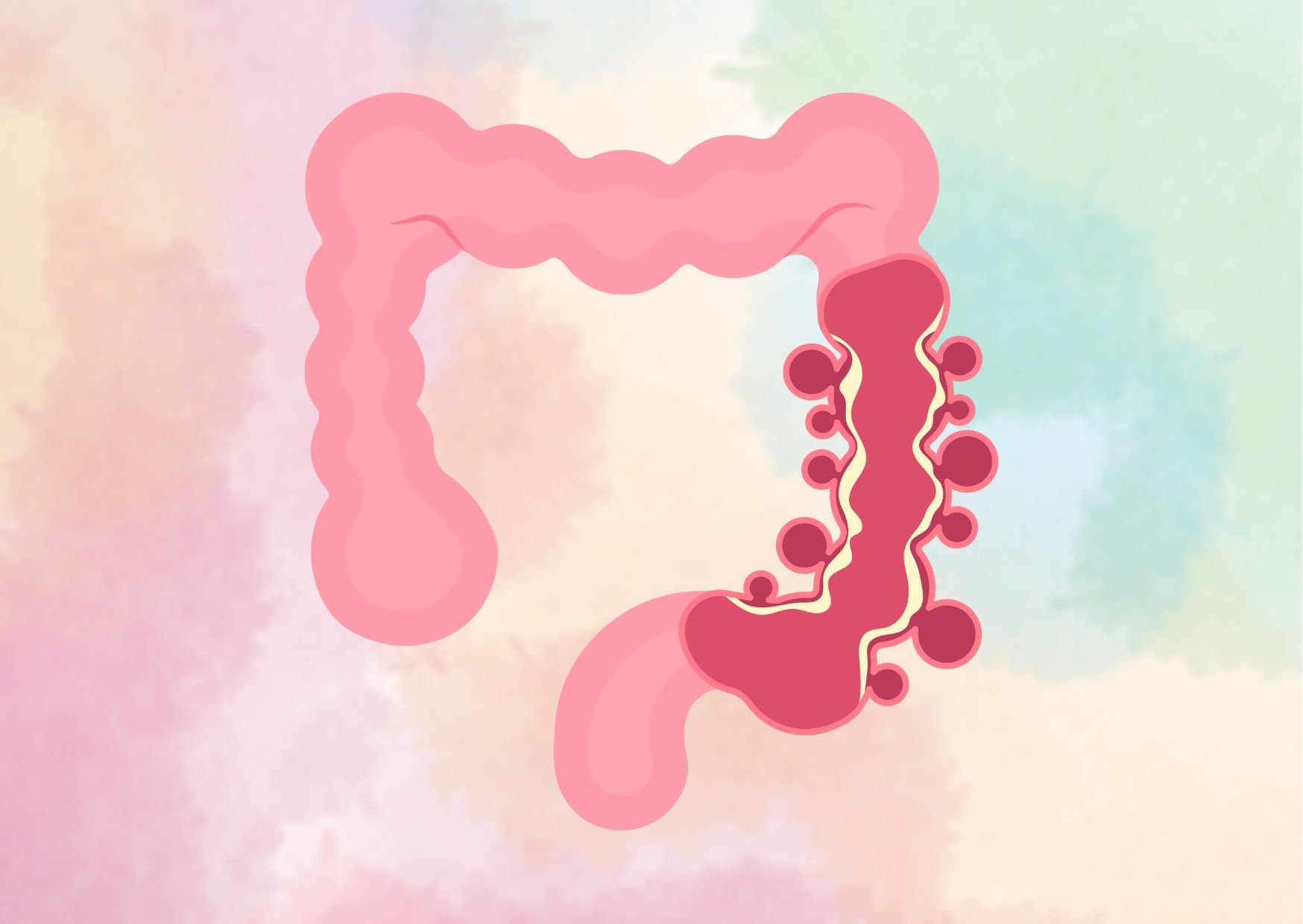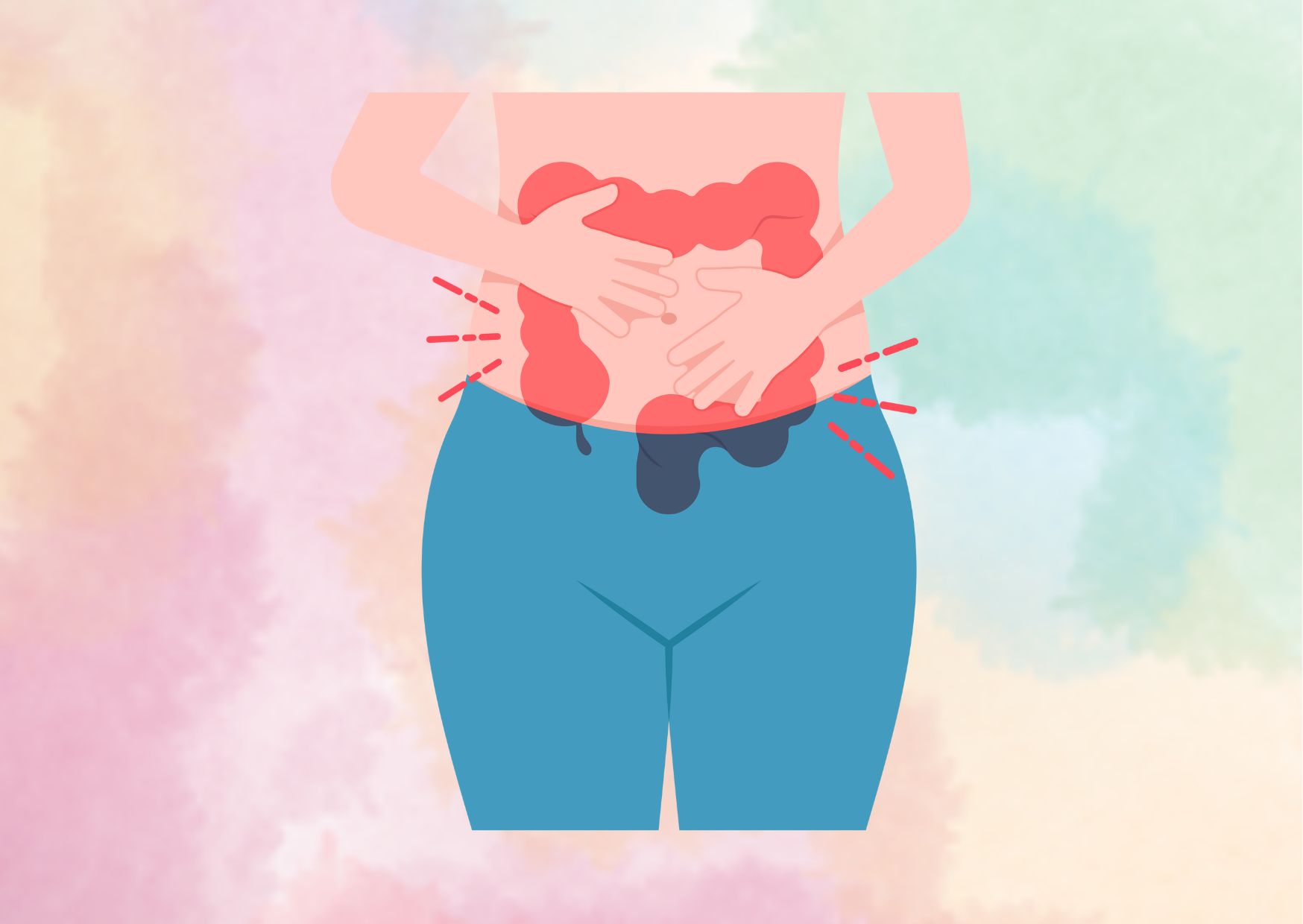5 Common Crohn’s Disease Symptoms
Crohn’s disease is a challenging chronic condition that affects millions of people worldwide. This inflammatory bowel disease can have a significant impact on a person’s quality of life, causing a range of uncomfortable and often debilitating symptoms. Understanding the early signs of Crohn’s disease is crucial for timely diagnosis and effective management, allowing individuals to seek appropriate medical care and improve their overall well-being.
Recognizing Crohn’s disease symptoms can be tricky, as they often overlap with other digestive disorders. This article aims to shed light on the common early warning signs, both digestive and non-digestive, that may indicate the presence of Crohn’s disease. We’ll explore the key symptoms to watch for, discuss when it’s time to see a doctor, and provide insights into managing this complex condition. By increasing awareness of these early indicators, individuals can take proactive steps to address their health concerns and work towards better long-term outcomes.
Common Early Signs of Crohn’s Disease
Recognizing the early signs of Crohn’s disease is crucial for timely diagnosis and effective management. While symptoms can vary from person to person, there are several common indicators that may suggest the presence of this inflammatory bowel disease.
Persistent Diarrhea
One of the most prevalent early signs of Crohn’s disease is persistent diarrhea. This symptom often develops gradually and can become chronic or recurrent. People with Crohn’s disease may experience loose, watery stools and feel an urgent need to move their bowels. The inflammation in the intestines can prevent proper fluid absorption, leading to more frequent bowel movements. In some cases, diarrhea may be accompanied by blood in the stool, particularly in individuals with extensive inflammation of the colon or small intestine.
Abdominal Pain and Cramping
Abdominal pain and cramping are hallmark symptoms of Crohn’s disease, often appearing in the early stages. The pain can manifest as a dull ache or more intense cramps, typically occurring in the lower right part of the abdomen or around the navel. Many patients experience discomfort 1 to 2 hours after eating. The severity of the pain tends to increase during flare-ups, and it may be accompanied by a sensation of incomplete bowel evacuation.
Fatigue and Weakness
Chronic fatigue and weakness are common early warning signs of Crohn’s disease. The persistent inflammation in the body can lead to feelings of exhaustion, tiredness, or being “run down.” This fatigue is more than just feeling tired; it can significantly impact a person’s ability to carry out daily activities. Some individuals may find it physically challenging to perform simple tasks like climbing stairs or walking short distances. Fatigue in Crohn’s disease can occur during both flare-ups and periods of remission.
Unexplained Weight Loss
Unintentional weight loss is another early sign that may indicate the presence of Crohn’s disease. This symptom can occur due to various factors associated with the condition. Some people may experience a loss of appetite due to abdominal pain, nausea, or other gastrointestinal symptoms. Others might avoid certain foods that trigger discomfort, leading to reduced calorie intake. Additionally, inflammation in the small intestine can interfere with proper nutrient absorption, contributing to weight loss and malnutrition.
Combination of Symptoms
It’s important to note that these symptoms may seem unrelated or harmless on their own, making them easy to ignore. However, if an individual experiences more than a few of these signs, it could be indicative of Crohn’s disease. Early recognition of these symptoms and prompt consultation with a healthcare provider, particularly a gastroenterologist, is crucial for proper diagnosis and management of the condition.
Digestive Symptoms to Watch For
Crohn’s disease can cause a range of digestive symptoms that may vary in severity and frequency. Recognizing these symptoms is crucial for early diagnosis and effective management of the condition. Here are some key digestive signs to be aware of:
Blood in Stool
One of the most concerning symptoms of Crohn’s disease is the presence of blood in the stool. This can manifest as bright red blood on toilet paper or in the toilet bowl, or as darker, tarry stools. The blood typically originates from ulcers or inflammation in the intestinal lining. It’s important to note that rectal bleeding is never normal and should always be reported to a healthcare provider. In some cases, severe bleeding may require immediate medical attention.
Reduced Appetite
Many individuals with Crohn’s disease experience a decrease in appetite, which can lead to unintended weight loss. This reduced desire to eat may be due to various factors, including abdominal pain, nausea, or changes in taste perception. The inflammation in the digestive tract can also affect nutrient absorption, further contributing to weight loss and malnutrition. Maintaining proper nutrition is crucial for managing Crohn’s disease, so it’s essential to work with a healthcare provider or dietitian to address appetite issues.
Nausea and Vomiting
Nausea and vomiting are common symptoms of Crohn’s disease that can significantly impact quality of life. These symptoms may occur due to inflammation in the digestive tract or as a result of intestinal blockages caused by strictures (narrowing of the intestine). Nausea can also be a side effect of certain medications used to treat Crohn’s disease. Managing these symptoms often involves a combination of dietary changes, medication adjustments, and sometimes anti-nausea medications.
Mouth Sores
While not typically associated with digestive symptoms, mouth sores can be a manifestation of Crohn’s disease. These ulcers, also known as aphthous ulcers or canker sores, can develop on the gums, tongue, or inside of the cheeks. They may be painful and can make eating and drinking uncomfortable. Mouth sores in Crohn’s disease are often similar in appearance to canker sores but may be more persistent or recurrent. They can also be an indicator of disease activity or nutritional deficiencies.

